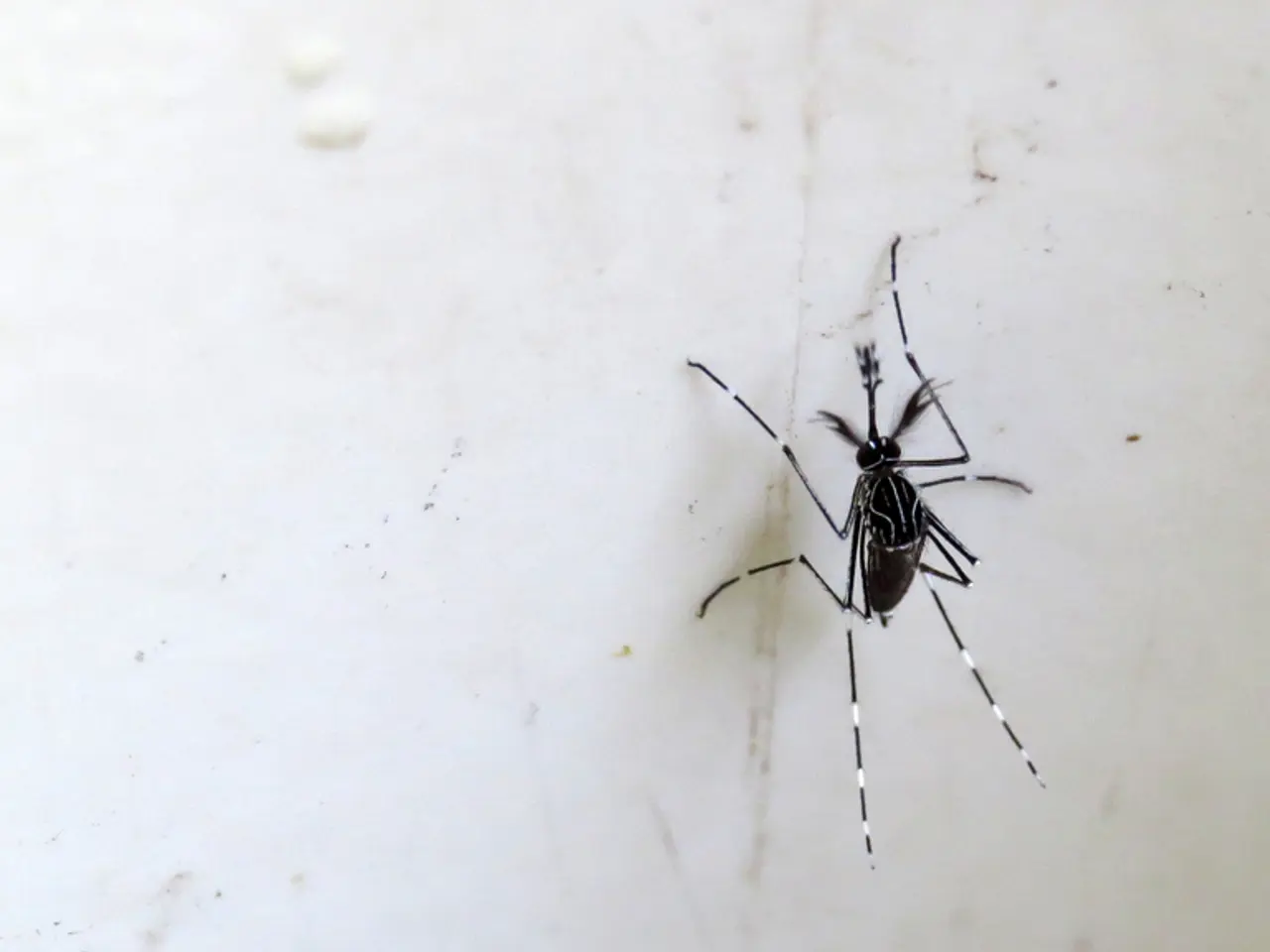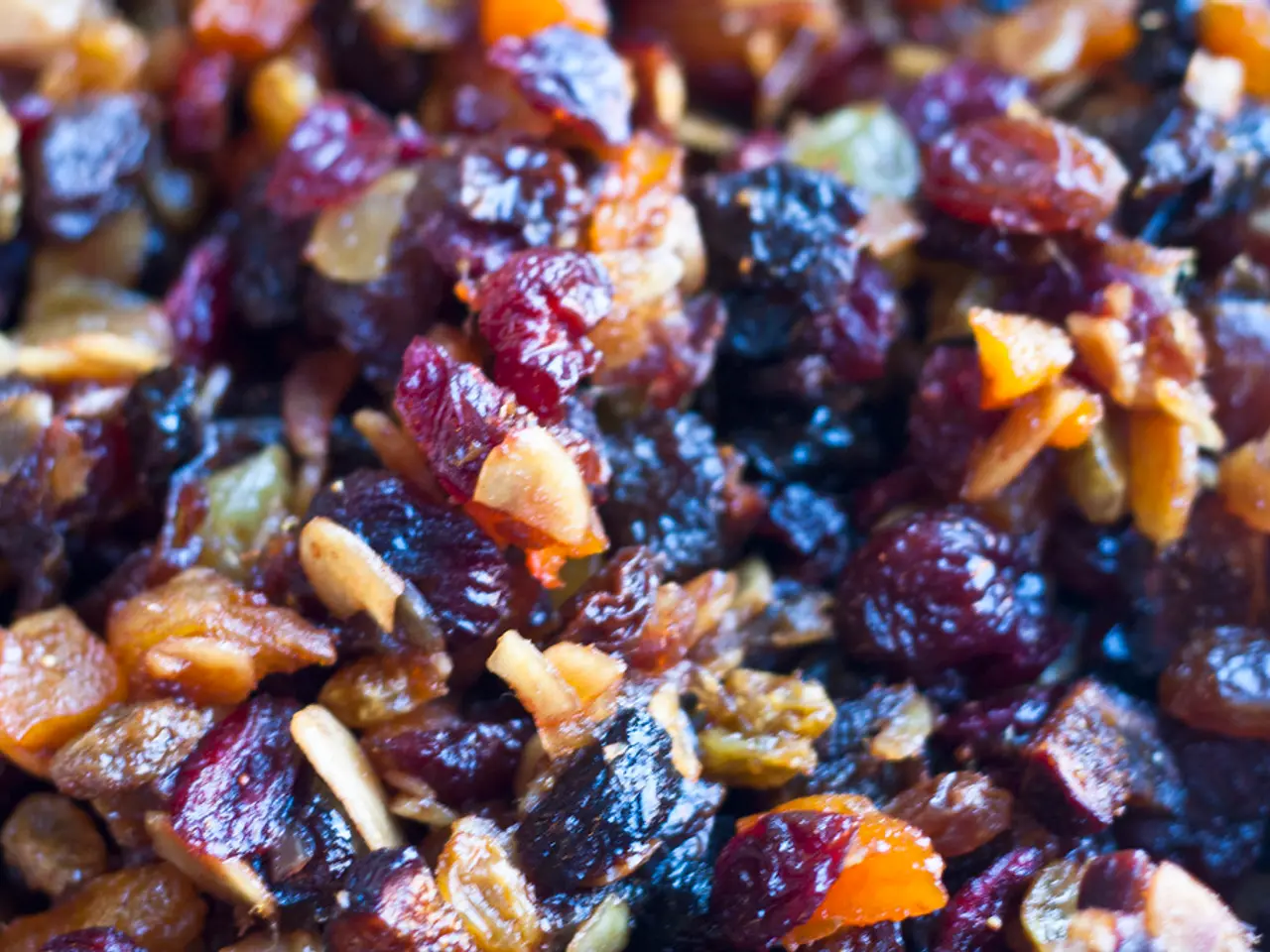Enhanced Aerial Insecticide Treatment Planned in 567 Rice Fields by Seville City Council Against Mosquitoes
In an effort to control mosquito populations and prevent the spread of diseases such as West Nile virus, dengue, and malaria, the Provincial Council of Seville has announced plans for increased aerial treatments against mosquitoes in certain rice field areas.
The treatments, which will be carried out in 567 parcels, will cover a total of 2,600 hectares in the municipalities of Isla Mayor, La Puebla del Río, Los Palacios and Villafranca, and Utrera. The exact geographic areas within these municipalities have not been specified.
The treatments, set to begin on August 11, will be executed by Tragsatec and will follow a two-phase plan. The first phase involves monitoring and eliminating mosquito larvae using biological larvicides, while the second phase focuses on eliminating adult mosquito breeding sites until next November.
Tragsatec will use Saditrina, a fitosanitary product commonly used in the agricultural sector, for the treatments. Saditrina is effective for the control of flying insects and has been authorised by the Ministry of Health and Consumer Affairs for the control of mosquitoes that transmit the West Nile Virus (WNV).
The Provincial Council is also collaborating with the Official College of Pharmacists to educate the population in health promotion. Furthermore, they are working with a team of experts from the CSIC for the installation and review of the trap network, analysis of trends and prevalence of the virus, development of vector species distribution models, and the conduct of trials for mosquito control in rice fields.
The increased treatments are a response to a significant increase in mosquito captures, particularly on the right bank of the river. The 'Provincial Surveillance and Control Plan for Vectors Transmitting the West Nile Virus (WNV)' covers a total of 15 municipalities, with a target population of almost 478,000 inhabitants. The plan includes Alcalá de Guadaíra, Dos Hermanas, Utrera, Los Palacios and Villafranca, Las Cabezas de San Juan, Lebrija, Almensilla, Palomares del Río, Mairena del Aljarafe, Bollullos de la Mitación, Aznalcázar, Villamanrique de la Condesa, Isla Mayor, La Puebla del Río, and Coria del Río.
The treatments will take place early in the morning and late in the afternoon to maximise effectiveness. Aerial treatments in the rice fields located within the transition zones between the countryside and the urban cores are being reinforced. Identification, surveillance, larvicide treatments, and adulticide treatments are being carried out in these municipalities.
It's important to note that while the specific insecticide product used in these treatments has not been identified from the available information, typical insecticides used for aerial adulticiding include pyrethroids or organophosphates.
For the most accurate and current information, it is advisable to consult local government or environmental health sources.
The Provincial Council's health-and-wellness initiatives now extend to the realm of science, as they collaborate with experts from the CSIC for mosquito control strategies, specifically focusing on West Nile Virus transmission. Residents are urged to prioritize personal health by staying informed about the ongoing treatments, which aim to combat mosquito-borne diseases like West Nile Virus.




